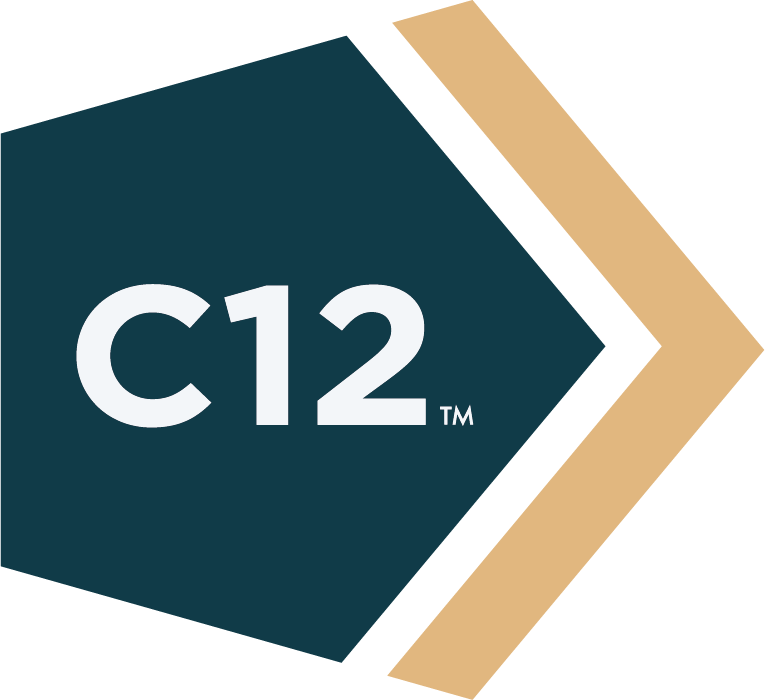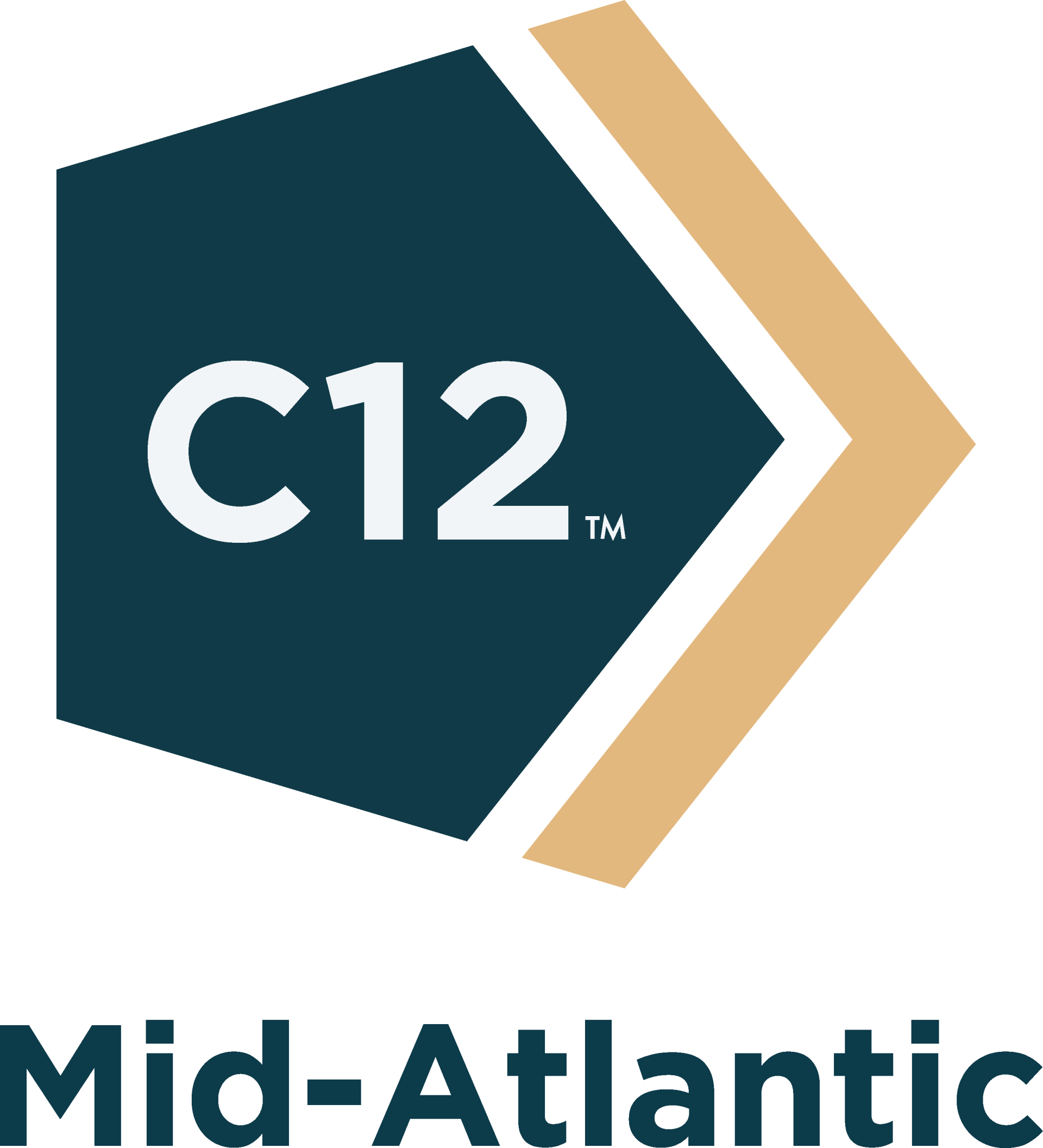Five Dysfunctions of Teams
Lessons from Faith-Driven Leadership
Leadership transitions bring both opportunity and uncertainty. Whether stepping into a new executive role, restructuring an organization, or guiding a team through change, one of the greatest challenges leaders face is maintaining cohesion. Change disrupts team dynamics, and without intentional leadership, dysfunction can take root.
Patrick Lencioni’s The Five Dysfunctions of a Team provides a powerful framework for understanding and resolving the breakdowns that commonly occur within teams (Lencioni, 2002). However, faith-driven leadership offers an even deeper, transformational approach. By integrating biblical principles and C12’s core values, leaders can not only address dysfunction but also build a culture of trust, accountability, and mission-aligned success.
This article explores how to navigate leadership transitions while overcoming team dysfunctions through a faith-centered lens.
The Challenge of Leadership Transitions
When leadership changes occur, teams often experience three primary challenges:
- Loss of trust among employees – Leadership transitions create uncertainty, leading employees to question whether they will be valued under new leadership.
- Resistance to change – People tend to resist unfamiliar leadership styles, making alignment more difficult.
- Vision and execution misalignment – A new leader may have a strong vision, but without team commitment, execution suffers.
These challenges are significant. Studies indicate that 79% of employees do not trust their organization’s leadership (McLain & Pendell, 2023), and 58% of employees have left or considered leaving a job due to workplace conflict (Randstad, 2018).
Rather than reacting to these challenges with short-term solutions, faith-driven leadership calls for a deeper approach—one that reflects Christ’s example of servant leadership (Mark 10:45).
Dysfunction #1
Absence of Trust – Building Credibility from Day One
The Challenge: When leadership changes, trust often erodes. Employees may wonder if they are truly valued, leading to guarded interactions and reluctance to engage fully.
Faith-Driven Solution:
Trust is built through integrity and consistency.
Proverbs 11:3 states,
“The integrity of the upright guides them, but the crookedness of the treacherous destroys them.” Leaders who lead with transparency and humility create an environment where trust can thrive.
Practical strategies for building trust include:
✔ Conducting one-on-one meetings to understand employee concerns and goals.
✔ Sharing personal insights, including challenges and lessons learned, to foster authenticity.
✔ Encouraging open, honest dialogue rather than top-down directives.
C12 Framework in Action:
C12’s Authentic Community model emphasizes transparency and mutual encouragement as the foundation for trust.. Establishing an environment where employees feel safe sharing their concerns leads to deeper team cohesion.
Dysfunction #2
Fear of Conflict – Creating a Culture of Open Dialogue
The Challenge:
Many teams avoid conflict, fearing that disagreement will lead to division. This results in artificial harmony—where concerns go unspoken and unresolved tensions build.
Faith-Driven Solution:
Healthy conflict is essential for team growth.
Proverbs 27:17 reminds us,
“Iron sharpens iron, and one man sharpens another.” Constructive conflict, when approached with truth and love (Ephesians 4:15), strengthens teams rather than weakening them.
Encouraging open debate requires:
✔ Clearly communicating that disagreement is not disloyalty but an opportunity for refinement.
✔ Leading by example—inviting and embracing opposing viewpoints.
✔ Establishing meeting norms that encourage respectful dialogue and problem-solving.
C12 Framework in Action:
C12’s Commitment to Excellence reinforces the importance of constructive discussions. Monthly business forums provide opportunities for leaders to engage in candid conversations and receive guidance on navigating team conflicts effectively.
Dysfunction #3
Lack of Commitment – Establishing a Clear Vision
The Challenge:
If a team is unclear on direction, their engagement will wane. Leadership transitions often lead to uncertainty about goals and priorities.
Faith-Driven Solution:
A compelling vision fosters unity and motivation.
Habakkuk 2:2 states,
“Write the vision; make it plain on tablets, so he may run who reads it.” Clarity enables teams to rally around a shared mission.
To drive commitment, leaders must:
✔ Establish a clear mission and communicate it consistently.
✔ Engage employees in shaping key initiatives to create ownership.
✔ Reinforce decisions with action, ensuring follow-through.
C12 Framework in Action:
The Business as a Ministry (BaaM) framework helps leaders align business strategy with a greater purpose. Employees who see how their work contributes to something meaningful are more likely to commit to the vision.
You can view that framework here.
Dysfunction #4
Avoidance of Accountability – Strengthening Team Responsibility
The Challenge:
Many organizations struggle with accountability, as leaders may hesitate to enforce standards, fearing it will harm relationships. This results in declining performance and inconsistencies.
Faith-Driven Solution:
Accountability, when done correctly, is not punitive but supportive.
Galatians 6:1 urges believers to
“bear one another’s burdens,” while
Proverbs 27:6 states,
“Faithful are the wounds of a friend.” Holding one another to high standards is an act of stewardship.
Effective accountability includes:
✔
Establishing clear expectations for performance and behavior.
✔
Encouraging peer-to-peer accountability rather than relying solely on top-down enforcement.
✔
Celebrating and reinforcing behaviors that align with company values.
C12 Framework in Action:
C12’s Stewardship & Accountability approach emphasizes mutual responsibility. Leaders who model and encourage accountability create a culture of excellence.
Dysfunction #5
Inattention to Results – Defining Success Beyond Profits
The Challenge:
Leadership transitions often lead to a heightened focus on financial performance, sometimes at the expense of culture and mission alignment.
Faith-Driven Solution:
Success should be measured by more than financial metrics.
Matthew 6:33 reminds leaders to
“Seek first the Kingdom of God, and all these things will be added to you.” Focusing on mission-driven success fosters long-term sustainability.
To balance performance and purpose:
✔ Define success beyond financial goals—incorporating employee well-being and community impact.
✔
Align rewards and incentives with company mission and values.
✔ Ensure team members understand how their individual efforts contribute to collective achievements.
C12 Framework in Action:
C12’s annual strategic planning tools help businesses measure success through both financial and spiritual impact. This ensures that business performance remains aligned with the company’s greater purpose.
Conclusion
Leadership transitions are pivotal moments that shape the future of an organization. While challenges are inevitable, applying faith-driven principles to overcome dysfunction leads to stronger, more aligned teams.
Key questions for leaders navigating transition:
✔ How are you fostering trust within your team?
✔ Are you creating space for open, constructive conflict?
✔ Is your vision clear and compelling?
✔ Are you reinforcing accountability in a way that empowers your team?
✔ Are your business results aligned with your greater purpose?
By integrating biblical wisdom with proven leadership frameworks, organizations can navigate transitions with confidence—creating teams that thrive in both business excellence and Kingdom impact.
References
- Lencioni, P. (2002). The Five Dysfunctions of a Team: A Leadership Fable. Jossey-Bass.
- McLain, D., & Pendell, R. (2023). Why Trust in Leaders Is Faltering and How to Gain It Back. Gallup
- Tabrizi, B. (2015). 75% of Cross-Functional Teams Are Dysfunctional. Harvard Business Review





Your peers can help you build a great business for a greater purpose.







